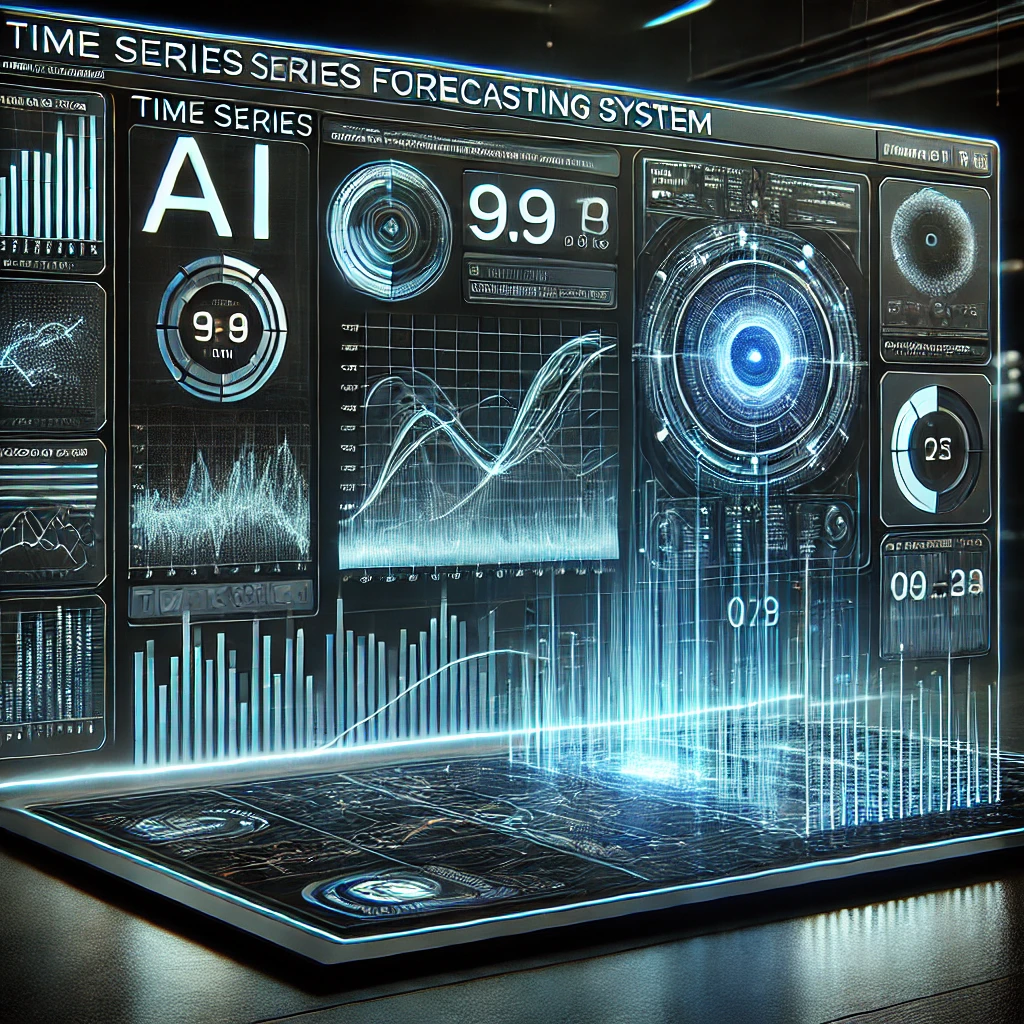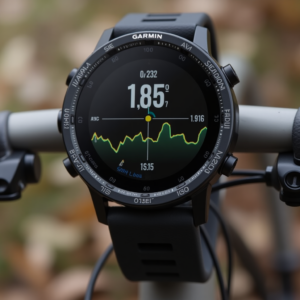
Transform predictive analytics with AI-powered time series forecasting. Discover how to implement AI-driven forecasting and explore its applications in various industries.
Step-by-Step Guide: Set up AI-powered time series forecasting with these steps: define forecasting goals, collect and preprocess data, choose algorithm, train model, evaluate and optimize, implement ensemble methods, monitor and update, deploy and integrate, and continuously improve.
Step 1: Define Forecasting Goals and Objectives
– Identify the specific forecasting problem to be solved
– Determine the key performance indicators (KPIs) for success
– Establish a clear understanding of the forecasting goals and objectives
Step 2: Collect and Preprocess Data
– Gather relevant historical data for the time series
– Clean and preprocess the data to ensure quality and consistency
– Handle missing values and outliers
Step 3: Choose a Forecasting Algorithm
– Research and select a suitable algorithm (e.g., ARIMA, LSTM, Prophet)
– Consider factors like accuracy, interpretability, and computational resources
Step 4: Train the Forecasting Model
– Split data into training and testing sets
– Train the model using the training data
– Tune hyperparameters for optimal performance
Step 5: Evaluate and Optimize the Model
– Evaluate the model’s performance using metrics like MAE, RMSE, and MAPE
– Optimize the model by adjusting hyperparameters or trying different algorithms
Step 6: Implement Ensemble Methods
– Consider combining multiple models for robust predictions
– Implement techniques like bagging, boosting, or stacking
Step 7: Monitor and Update the Model
– Continuously monitor the model’s performance
– Update the model as new data becomes available
Step 8: Deploy and Integrate the Model
– Deploy the model in a production-ready environment
– Integrate the model with other systems and tools
Step 9: Continuously Improve and Refine
– Stay up-to-date with industry trends and advancements
– Explore new algorithms and techniques to improve performance
– Refine the forecasting model to adapt to changing data patterns and forecasting goals.
Note: These steps are general guidelines and may vary depending on the specific use case and requirements.


